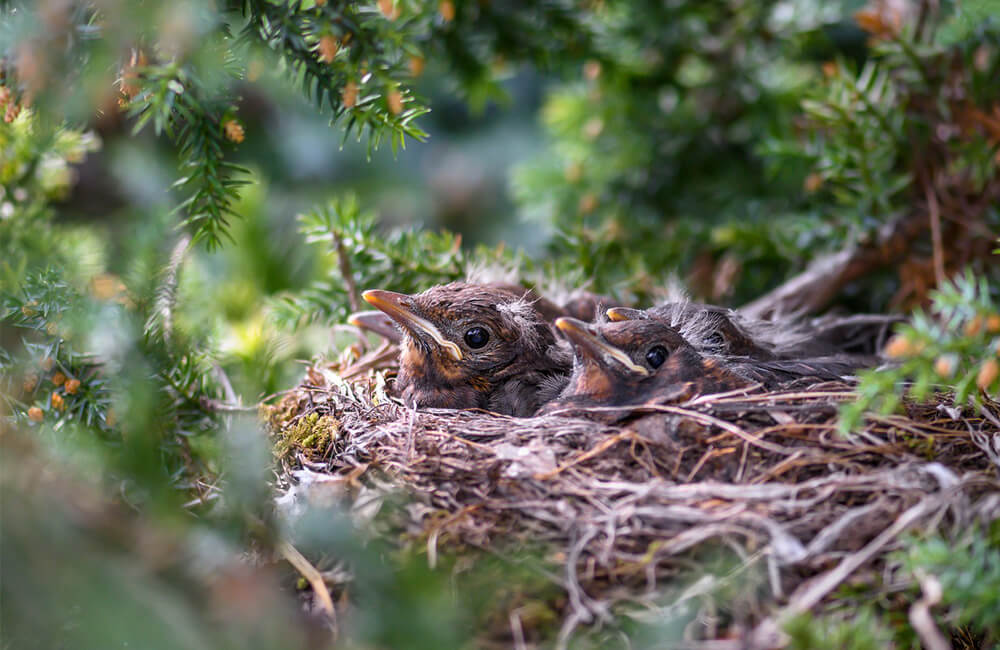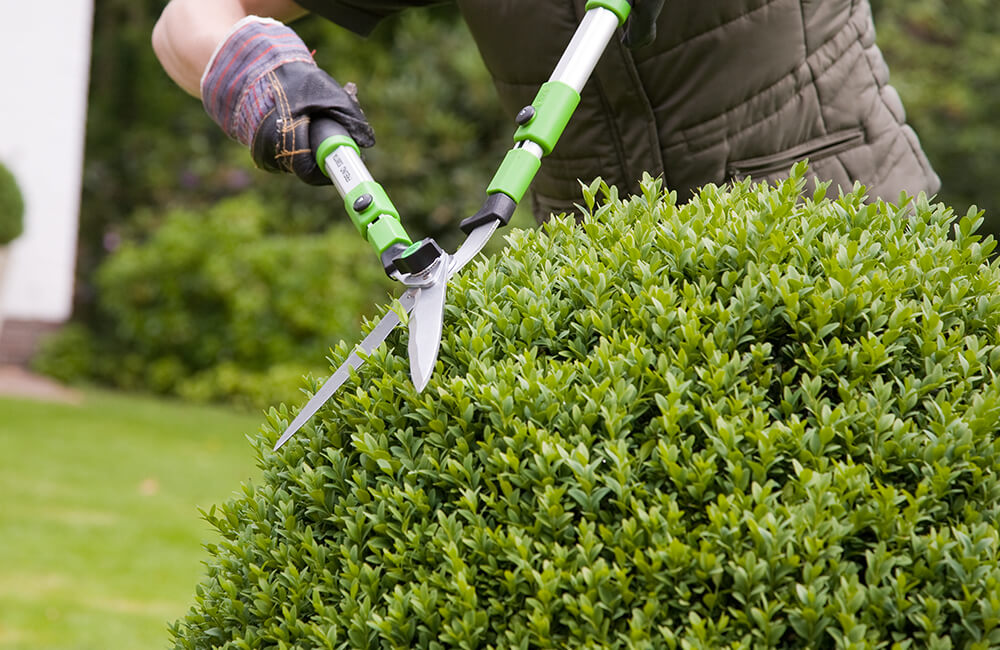

Hedges are not only a beautiful and functional addition to your garden, but they also provide an essential habitat for birds, insects, and other wildlife. Choosing the right time to trim your hedge is crucial—not only to keep it healthy and well-maintained but also to avoid disturbing nesting birds.
So, when is the best time to cut your hedge, and what should you consider?
The best time to cut your hedge


1. Avoid cutting during nesting season (March – August)
Many bird species use hedges as nesting sites in spring and summer. In most parts of Europe and the UK, the nesting season typically lasts from March to August. Cutting your hedge during this time could destroy nests and harm young birds.
Legal protection: In the UK, the Wildlife and Countryside Act (1981) makes it illegal to intentionally damage or destroy an active bird’s nest. Similar laws exist in other European countries. Always check before trimming.
2. The ideal time: late autumn to winter (September – February)
For most hedge types, the best time to cut is between late September and February. By this time, the birds have finished nesting, and the plants are entering dormancy, making pruning less stressful for them.
- Deciduous hedges (e.g., beech, hawthorn, hornbeam): Best pruned in late autumn (October–November) or winter (January–February).
- Evergreen hedges (e.g., boxwood, yew, privet): Can be lightly trimmed in late summer (September) and again in late winter if needed.


3. Hedge cutting tips for wildlife-friendly gardens
Check for nests before cutting – Even outside the peak nesting season, some birds may still be using your hedge. Always inspect carefully.
Prune gradually – Instead of heavy trimming all at once, opt for light and regular maintenance. This reduces shock to the plant and preserves shelter for wildlife.
Leave some areas untouched – If possible, allow parts of your hedge to grow naturally. This provides year-round shelter and food for birds and insects.
Consider flowering & fruiting species – If your hedge includes plants like hawthorn or blackthorn, be mindful of their flowering and fruiting cycles, as these provide food for wildlife.
Use hand tools when possible – Electric hedge trimmers can be disruptive. Hand pruning allows for more precise cutting and minimizes harm to any hidden wildlife.
Hedge cutting is a necessary part of garden maintenance, but timing it correctly ensures that you support local wildlife while keeping your garden looking great.
By avoiding the nesting season and pruning at the right time, you can maintain a healthy hedge that continues to provide food and shelter for birds and other garden creatures.
Want to create a wildlife-friendly garden? Explore our range of birdhouses, feeders, and native plants to make your garden a haven for nature!


